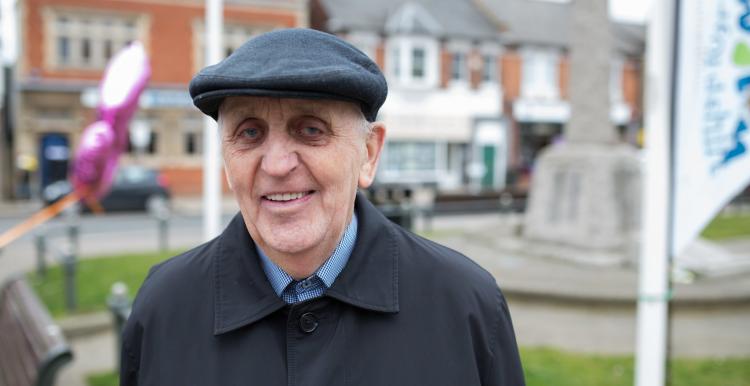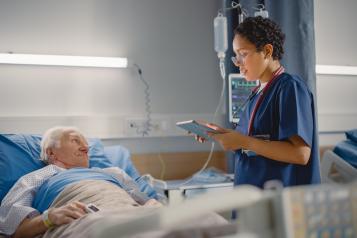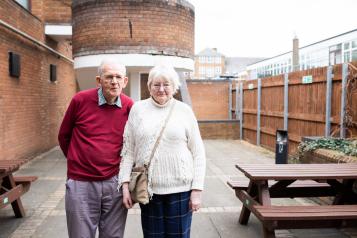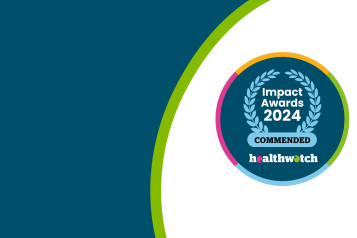Changes to lockdown and self-isolation rules after increase in COVID-19 cases

Prime Minister Boris Johnson stressed that the Government “would not hesitate to put the brakes” on plans to ease lockdown restrictions if progress in reducing infection rates was not sufficient.
“With those numbers creeping up, our assessment is that we should now squeeze that brake pedal in order to keep the virus under control,” he said.
Rules on gatherings in West Yorkshire, Greater Manchester and East Lancashire have been updated after an increase in coronavirus cases in those areas, while Mr Johnson has postponed plans to reopen a number of high-risk venues including casinos, bowling alleys and skating rinks.
Locations such as these were due to reopen this weekend (August 1) but will remain closed for at least another two weeks. Pilots of larger crowds in sports venues and conference centres will also not take place.
Meanwhile, the self-isolation period has been extended to 10 days for those in the community who have coronavirus (COVID-19) symptoms or a positive test result.
Prime Minister Boris Johnson stressed that the Government “would not hesitate to put the brakes” on plans to ease lockdown restrictions if progress in reducing infection rates was not sufficient.
“With those numbers creeping up, our assessment is that we should now squeeze that brake pedal in order to keep the virus under control,” he said.
Rules on gatherings in West Yorkshire, Greater Manchester and East Lancashire have been updated after an increase in coronavirus cases in those areas, while Mr Johnson has postponed plans to reopen a number of high-risk venues including casinos, bowling alleys and skating rinks.
Locations such as these were due to reopen this weekend (August 1) but will remain closed for at least another two weeks. Pilots of larger crowds in sports venues and conference centres will also not take place.
Meanwhile, the self-isolation period has been extended to 10 days for those in the community who have coronavirus (COVID-19) symptoms or a positive test result.
The number of patients admitted to hospitals is still falling, and now stands at just over 100 each day. In April there were more than 3,000 coronavirus patients in mechanical ventilation beds, but now the latest figure is 87. The number of deaths continues to fall. That is obviously encouraging. But I have also consistently warned that this virus could come back and that we would not hesitate to take swift and decisive action as required.
‘Signs of trouble’
“As we see these rises around the world, we cannot fool ourselves that we are exempt. We must be willing to react to the first signs of trouble,” the Prime Minister said.
“Today, the weekly survey by the Office for National Statistics reports that the prevalence of the virus in the community in England is likely to be rising for the first time since May.
“Around 1 in 1,500 now have the virus, compared to 1 in 1,800 on 15 July and 1 in 2,000 on 2 July. The ONS also estimate there are now 4,900 new infections every day, up from around 3,000 per day on 14 July and 2,000 per day at the end of June. We can’t afford to ignore this evidence.
“It’s vital to stress that we are in a far better position to keep the virus under control now than we were at the start of the pandemic – because we know so much more about the virus and have so many more tools at our disposal to deal with it. We have a contact tracing system up and running which has led to over 184,000 people isolating who may otherwise have spread the virus and is capable of tracing thousands of contacts every day.
“We have secured supplies of billions of items of PPE to withstand new demands on hospitals and care homes. And of course we have new treatments, like dexamethasone and remdesivir, to shorten recovery times and reduce mortality rates.
“But as I say, we cannot be complacent. I cannot – I won’t stand by and allow the virus to cause more pain and heartache in this country.”
Restrictions
Health Secretary Matt Hancock yesterday announced new restrictions on household contact in the North West – specifically Greater Manchester, and parts of East Lancashire and West Yorkshire – Bradford, Calderdale and Kirklees.
It means people in these areas will not be permitted to mix with other households (apart from those in their support bubbles) in private homes or gardens. Some exemptions will be put in place, including for the vulnerable.
The regulations will give local authorities and police forces the powers to enforce these restrictions, which mean households may go to bars and pubs, but new guidance will make clear that two households should not go to hospitality venues together.
Mr Johnson said: “These are targeted measures on social contact between households, which the data tells us is driving the current increase in cases. Businesses and workplaces should continue as before in those areas. I know how it is hard to have restrictions like this imposed on seeing your family and your friends. But we have to act rapidly in order to protect those we love.
“And we know this sort of intervention works – measures taken in Leicester and Luton have suppressed the virus, allowing us to relax measures.”
“At every point I have said our plan to reopen society and the economy is conditional – that it relies on continued progress against the virus, and that we would not hesitate to put on the brakes if required.”
Risk
The postponement of this weekend’s relaxation of restrictions means wedding receptions of up to 30 people will not be permitted, but ceremonies can continue to take place, in line with COVID-Secure guidelines.
“I know that the steps we are taking will be a heavy blow to many people – to everyone whose wedding plans have been disrupted, or who now cannot celebrate Eid in the way they would wish, I am really, really sorry about that. But we simply cannot take the risk,” Mr Johnson said.
The UK Chief Medical Officers said yesterday that evidence, although still limited, has strengthened and shows that people with COVID-19 who are mildly ill and are recovering have a low but real possibility of infectiousness between seven and nine days after illness onset.
“We have considered how best to target interventions to reduce risk to the general population and consider that at this point in the epidemic, with widespread and rapid testing available and considering the relaxation of other measures, it is now the correct balance of risk to extend the self-isolation period from 7 to 10 days for those in the community who have symptoms or a positive test result.
“This will help provide additional protection to others in the community. This is particularly important to protect those who have been shielding and in advance of the autumn and winter when we may see increased community transmission.


